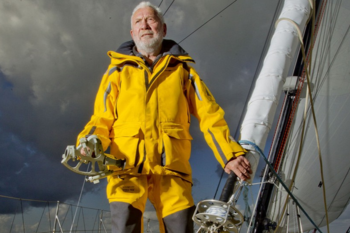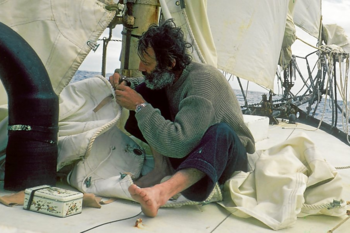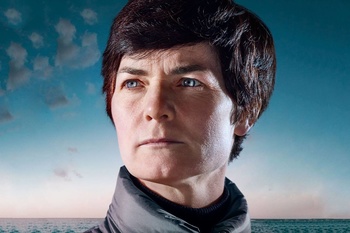Dutchman Mark Slats is getting closer and closer to the race leader, Frenchman Jean Luc Van Den Heede. In a straight line on the map, 442.5 nautical miles remain between them. If you consider their position relative to the finish line in Les Sables d'Olonne,«, the gap between them, which the tracker automatically calculates, is a frightening 47 miles».
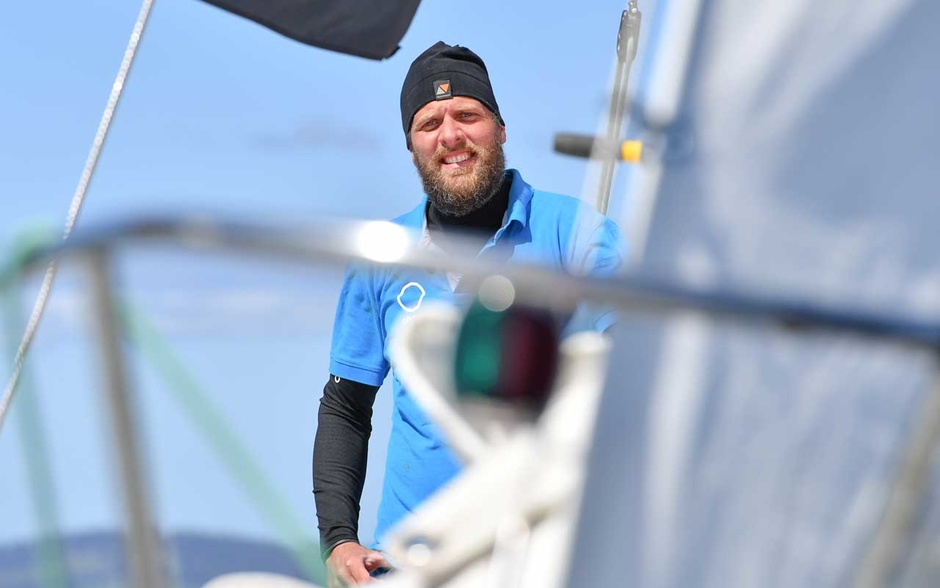
Within 48 hours, Slats had narrowed the gap on that parameter by 205 miles. The organizers of the race have forbidden Slatte to use shortwave radio because he does not have a radio amateur license.
Now Slats will only be able to receive weather forecasts with a high-frequency receiver and«official» airwaves for sailors.
«Thinking of quitting the competition if there is no weather data. Safety first»," reads one of his last messages.
The organizers of the GGR have assured that they will continue to inform Slats and the competitors of wind conditions over 40 knots, as required for safety reasons.
It is known that questions have arisen about van den Heede's license, but there have been no reports of him being banned from communicating with radio amateurs as well.
If both round-the-world leaders do manage to continue their fight, it will largely be a battle of strategies.The two rivals have chosen radically different routes, with van den Heede heading northwest, into the Atlantic andlooking to leave the Azores on the starboard side, while Slats is now heading towards the Spanish cape of Finisterre, straight into the Bay of Biscay.
In the meantime, both are now under the influence of a big anticyclone, which is forecast to remain in the region at least until the end of the week. «South of Azor is another anticyclone that will gradually move south and southeast at the same time as its brother». For the current van den Heede course, this weather is beneficial: the winds swirling clockwise in the anticyclones should carry it towards Biscay, for which the Frenchman's delicate damaged mast will say a big «thank you to them». Slats, who has less reason to be cautious when tacking, is so far going against the wind. At the same speed of almost 5 knots, the Dutchman has gone 19 miles more than his rival in the last 24 hours. And this is taking into account the fact that the hull of Slats' boat is again all overgrown with sea ducks.
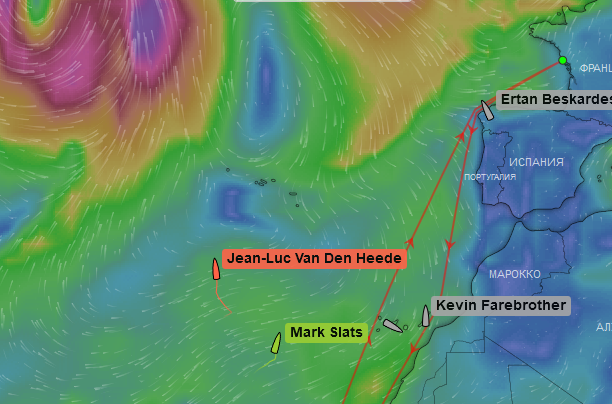
The main unpleasantness that the anticyclone promises to Slats is lack of precipitation. The Dutchman has been extracting fresh water for almost a week now with his handheld desalinator, and it looks like he will continue to do so in the near future, as he won't be able to replenish his supplies well with rain. The job, to put it mildly, is not easy: to get 750ml of drinking water, he needs to pump continuously with both hands for an hour, and to have 2.5 litres on board - 3 hours. Because of this he is already thinking of withdrawing from the competition for safety reasons.
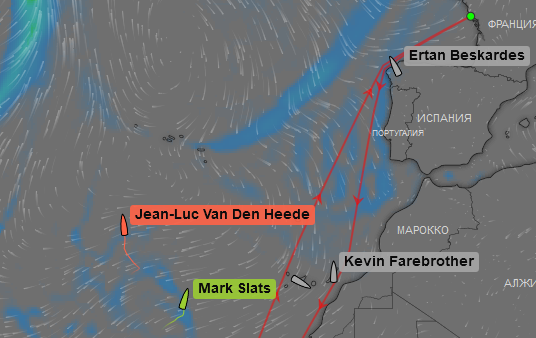
Far behind van den Heede and Slats, Estonian Uku Randmaa and American Istvan Kopar continue to move towards the finish line off the Brazilian coast. Third in the race, Randmaa took advantage of a lull in the centre of the anticyclone in which he was caught, to finally clear his boat of sea ducks. In a 24-hour period he made only 12 nautical miles. Istvan Kopar had enough wind, but he stopped for half a day to once again deal with a malfunction in the auto helmsman.
Inthe PacificOcean, 1,700 nautical miles from Cape Horn, the lone Finn, Tapio Lehtinen, is sailing alone,time and again running away from another storm. The duck-billed boat has a very low speed of just 3.4 knots. In the«virtual race» with GGR-1968 winner Sir Robin Knox-Johnston the gap between Suhaili and going «ahead» Lehtinen narrowed to 280 nautical miles. It can be said that of all the participants in the current regatta, the Finn trailing the fleet is, at the same time, the best able to capture the spirit of the original event from 50 years ago.
Russian Igor Zaretsky, who made a stopover inAustralia and joined the Chichester class in early December and then flew to Moscow for amedical check-up, will continue his journey no earlier than October and November.
Due to health problems the yachtsman will not have time to come back to Albanytill the end of January and it would be dangerous to start in Cape Horn later as in that case Russianwill approach South America during stormy season. GGR organizers emphasize that for Chichester class participants there is no time limit, so rules allow continuing round the world trip at any time.


